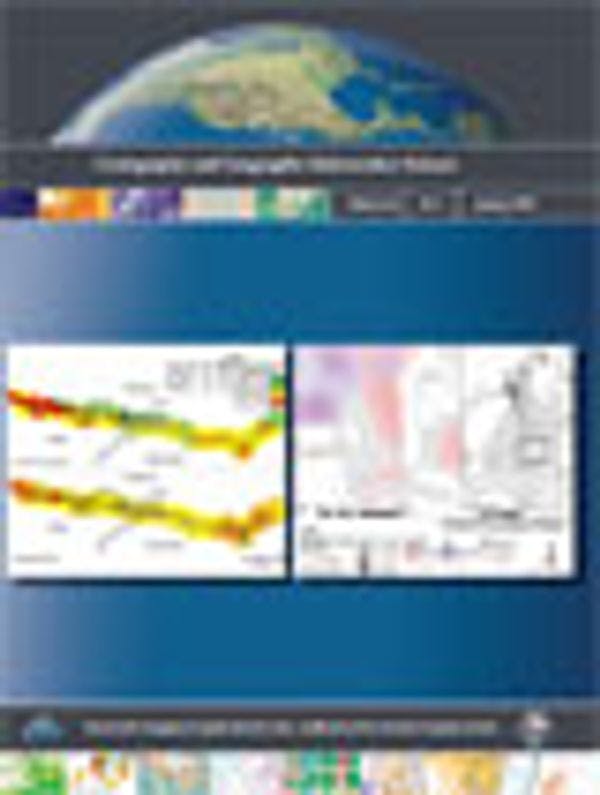Illegal drug cultivation in Mexico: An examination of the environmental and human factors
Patterns of illicit narcotics cultivation are among the understudied topics. Some studies estimate the prevalence of illegal crops using imagery and remote sensing data. These studies rely heavily on the availability and quality of the related images, which is often an issue for many countries known as major drug producers.
Using official drug crop eradication data, this study examines the patterns of illegal drug cultivation in Mexico at the municipality level. Species distribution models of ecology were used to guide the selection of environmental variables. A number of sociodemographic variables were incorporated into the model to describe human factors. Global and local models were compared to discern the determinants of marijuana and opium cultivation.
Geographically weighted regression was proved overall more effective than global ordinary least square regression despite the spatial variation of its explanation power. The models explained the spatial patterns of opium poppy cultivation are better than those of marijuana cultivation, suggesting the possible presence of more complicated local factors for growing illicit marijuana crops. A number of human factors such as law enforcement, gang activities, and transportation accessibility were found significant for illicit cultivation.
Click here to read the full article (restricted access)
Keep up-to-date with drug policy developments by subscribing to the IDPC Monthly Alert.
